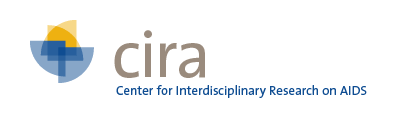| Abstract | Rates of STIs, HIV, and pregnancy remain high among adolescents in the US, and recent approaches to reducing sexual risk have shown limited success. Future expectations, or the extent to which one expects an event to actually occur, may influence sexual risk behavior. This prospective study uses longitudinal data from the National Longitudinal Survey of Youth 1997 (n = 3,205 adolescents; 49.8 % female) to examine the impact of previously derived latent classes of future expectations on sexual risk behavior. Cox regression and latent growth models were used to determine the effect of future expectations on age at first biological child, number of sexual partners, and inconsistent contraception use. The results indicate that classes of future expectations were uniquely associated with each outcome. The latent class reporting expectations of drinking and being arrested was consistently associated with the greatest risks of engaging in sexual risk behavior compared with the referent class, which reported expectations of attending school and little engagement in delinquent behaviors. The class reporting expectations of attending school and drinking was associated with having greater numbers of sexual partners and inconsistent contraception use but not with age at first biological child. The third class, defined by expectations of victimization, was not associated with any outcome in adjusted models, despite being associated with being younger at the birth of their first child in the unadjusted analysis. Gender moderated specific associations between latent classes and sexual risk outcomes. Future expectations, conceptualized as a multidimensional construct, may have a unique ability to explain sexual risk behaviors over time. Future strategies should target multiple expectations and use multiple levels of influence to improve individual future expectations prior to high school and throughout the adolescent period. |


